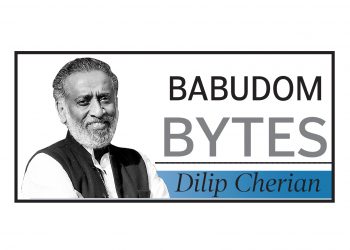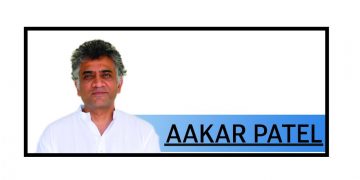The Modi government has recently relaxed its rules for selecting joint secretaries to encourage more IAS officers to take on central roles. The timing is telling. As of 2023, only 442 IAS officers were on board at the Centre versus the “required” 1,469 spots. That’s a yawning gap.
By tweaking the rules, babus who’ve spent two years as under-secretary at the Centre can now leap to joint secretary. Previously, one had to be a director or deputy secretary first. Official-speak calls it “widening the pool”, but practically, it’s a gentle shove.
The move has sharpened the state–Centre tug-of-war. These tweaks effectively force officers to choose to stay back in a comfy district DM post, or move to the Centre, learn a different bureaucratic lingo, and get counted for the big leagues. One officer quipped that it’s “do-or-die”—if you skip Centre postings now, your chances at JS are gone forever.
Still, there’s a disconnect. Many observers see little upside in moving to the under secretary level. Who wants to go from being the local boss to a junior foot soldier at North Block, with fewer perks? So, has this really bulked up the IAS presence at the Centre? Probably not, at least not yet.
There’s also a fairness itch here. Babus tied up in negotiations with their state governments over transfers feel penalised but their state is reluctant to relieve them. They are stuck. That’s the system excluding them from the Centre even before they can apply.
So, while the tweak signals intent, it also smacks of top-down micromanagement. The Centre wants boots on its ground; the states want to hang on to theirs. And the individual officer? He’s stuck in the middle—or caught in a bureaucratic Catch 22.
The policy tweak is a step, but it just might not be enough to cross the finish line.
Amitabh Kant bows out as G20 Sherpa—a curtain call, not an exit
There’s something to be said about a babu who not only survives four decades of public service but manages to exit on a high, leaving behind a trail of deliverables that actually delivered.
Amitabh Kant, India’s G20 Sherpa since 2022 and former CEO of NITI Aayog, has stepped down from his latest assignment, marking the end of a remarkable innings that stretched across 45 years. Few officials have been so consistently at the right place, at the right time, with the right PowerPoint!
As Sherpa, Kant helped steer India through one of its most high-profile multilateral events—the 2023 G20 Summit in New Delhi. From consensus-building on climate and development to deftly navigating geopolitical tightropes (remember the Russia-Ukraine language deadlock?), he brought both gravitas and good old-fashioned negotiation skills to the table. His tenure wasn’t just about speechifying; it was about delivering outcomes, often in rooms full of clashing national interests and veiled threats.
Of course, Kant’s legacy predates his Sherpa stint. His tenure at NITI Aayog saw the early architecture of India’s startup ecosystem, national missions on innovation, and a policy voice that occasionally managed to cut through the bureaucratic noise.
Now, as he hints at championing free enterprise, startups, and think tanks in his next avatar, one hopes he carries forward his ability to push big ideas without letting them get buried in file-noting. The G20 role may be behind him, but something tells us Amitabh Kant isn’t done being relevant. Not just yet.
Babus’ big migration begins
The babus are on the move—literally. With three new spanking towers in the Central Vista zone ready for occupancy, ministries have been told to pack up their files (and potted plants) and head to the Common Central Secretariat. MoHUA has kicked things off, and others—from Finance to Health—are bracing for their turn.
This was long overdue. For decades, government departments have been scattered across Delhi in crumbling, creaky buildings. Bringing them together under one roof should improve coordination, reduce duplication, and save taxpayers a fair bit of money on inter-ministry note-carrying.
But governance isn’t just about geography. Moving to a new building doesn’t fix the culture of delay, turf wars, or that all-too-familiar tendency to measure productivity in kilograms of paperwork. Fancy new elevators don’t move files any faster.
That said, symbolism matters. The Modi government has pushed the Central Vista as a visual metaphor for a more decisive, aspirational India. The buildings are meant to look like the future, and in fairness, they do. The challenge is whether the bureaucratic mindset will follow suit.
So yes, let’s welcome the move. It’s clean, central, and overdue. But let’s not pretend the hard part is over. The true transformation of governance lies not in where officials sit, but in how they think, act, and collaborate.
By Dilip Cherian






































